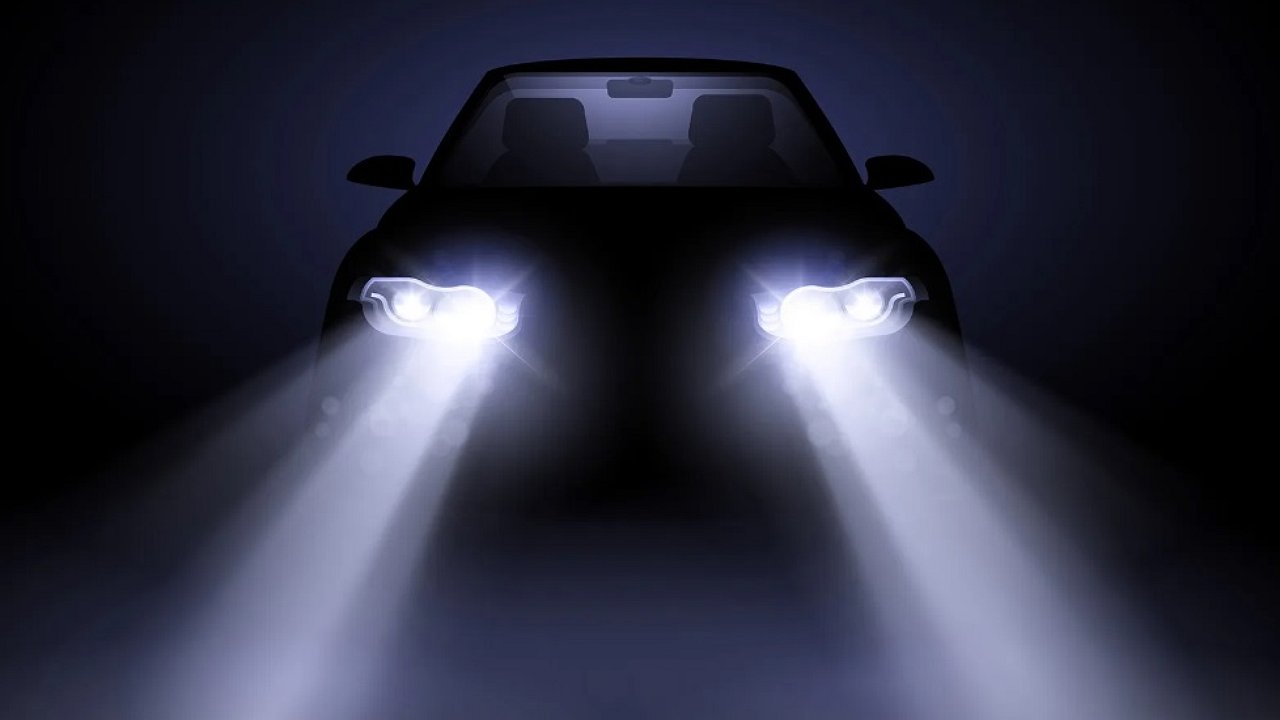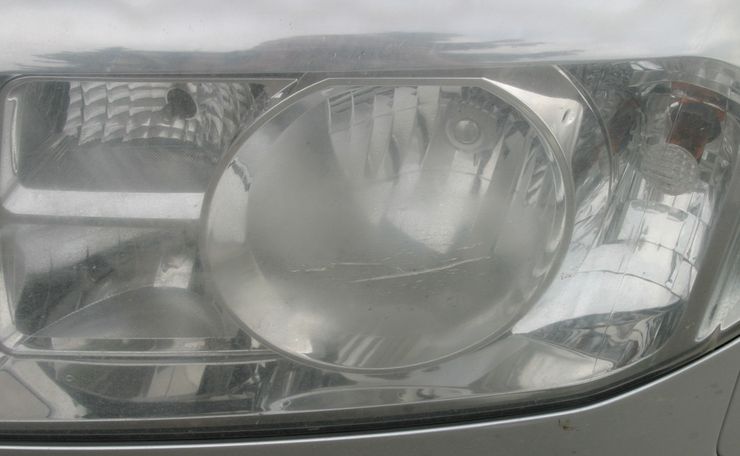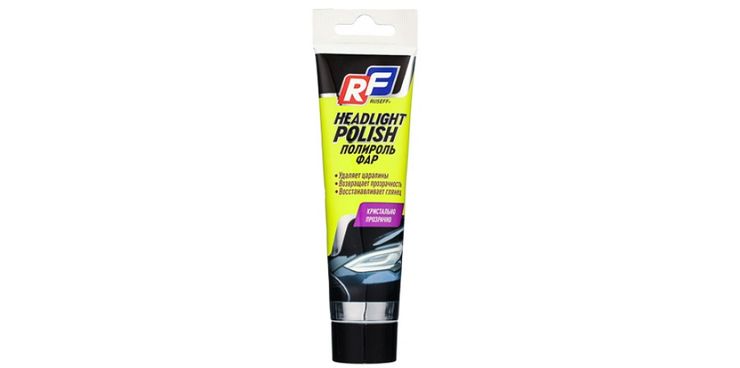It is quite clear that the clouding of the headlights, which, by the way, is often seen in heavily used cars, significantly reduces their standard lighting performance. Therefore, all attempts to improve them with bright lamps, but without restoring the original transparency of polycarbonate glass, fail in most cases. And to achieve any significant effect, experts say, the surface of the headlight must be highly polished. However, if you do this at a service center, you will have to spend a lot of money.
And according to experienced auto electricians, you can solve the situation with dim headlights yourself. Let’s say, with the help of car cosmetics. The most important thing in this matter is the selection of the right drug and its correct use. Any folk remedies or “life hacks” when repairing the plastic of headlights are extremely undesirable. As for car care products, it is better to take products from trusted manufacturers. For example, headlight polish produced under the Ruseff brand.
Experience with the use of the drug has shown that it quickly removes small cracks and scratches from polycarbonate glass. Along the way, the composition eliminates the characteristic yellowness of headlights, clouding and faded erosion spots that appeared on them during use. The product itself is easy to use: it is easy to apply, dries quickly and polishes well. After this treatment, the “shades” of the head regain their original transparency, significantly increasing the brightness of their glow, without any replacement of lamps.















